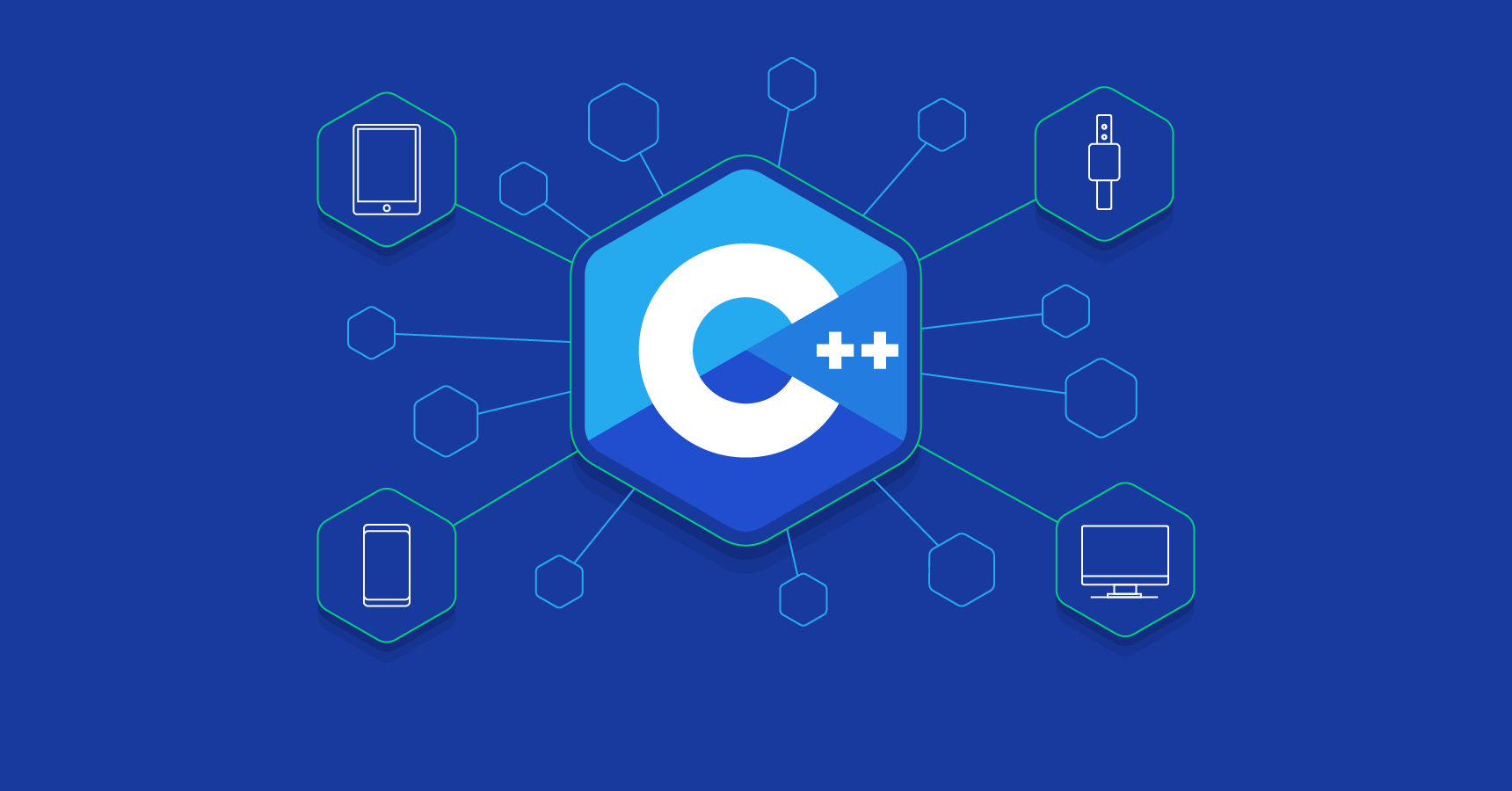

Apple also invites us to access its developer portal from where we can access a large number of resources such as guides, videos and sample code to always be up to date.įurthermore, to program in this language, we must use the IDE Xcode, a programming environment and compiler exclusive to macOS. For example, Apple gives us a book entitled ” The Swift Programming Language ” that allows us to take the first steps within this programming language. If we are thinking of learning to program in Swift, there are several totally free resources that we can turn to. Although they are different languages, they have many similarities between them to quickly learn to defend ourselves with the new one. Now, if we have already worked with Objetive-C and we want to go to Swift, we will not have problems.

If we are experienced users of Objetive-C, we will be able to continue using this language without problems. This programming language has several advantages that, without a doubt, make it worth dedicating yourself to it. So which one should I use? Is it necessary to change from one to the other? If we are good programmers and we want to always be up to date, or we want to start from scratch, it is best to do it directly with Swift. On the other hand, Objetive-C also has a number of advantages that we must take into account: Up to 2.6 times faster than Objective-C, and up to 8.4 times faster than Python.Much more complete, simple and intuitive debugging.Clearer, concise, clean and simple code.Much more modern language with a great future ahead.Swift has a number of advantages over its rival, such as: In a more or less complicated way, what is sought with both programming languages is to take advantage of this API so that the necessary interfaces or interactions can be created for its correct operation. Both Swift and Objetive-C are looking to interact with the Apple API : Cocoa and Cocoa Touch, both macOS and iOS APIs.


 0 kommentar(er)
0 kommentar(er)
